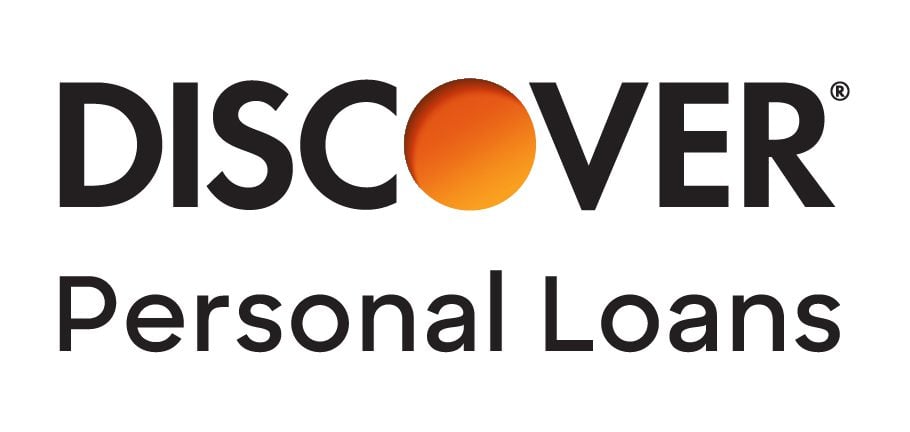The best way to finance your home improvements may not be a personal loan, home equity loan or HELOC, depending on your financial and credit position. Here are some other options worth considering.
Credit cards
Credit cards allow you to finance your home improvement projects with a line of credit instead of a lump sum of money. With this approach, you’ll likely have variable interest rates, so your monthly payments may differ.
To avoid paying interest, you can apply for a 0% introductory APR credit card. Credit card companies offer these promotional offers to new customers and the 0% intro APR can last as long as 21 months. Pay the entire balance before the 0% APR promotion ends and you won’t owe anything in interest.
Government programs
When working on your home, be sure to research government programs to compare rates and details, especially if you’re making eco home improvements.
- Title 1 loans are for low- to moderate-income borrowers who have lived in their home for at least 90 days. These loans are offered by private lenders but are insured by the U.S. Department of Housing and Urban Development (HUD).
- Energy-efficient mortgages allow you to finance any eco-friendly home improvements using an FHA-insured mortgage.
- If you want solar panels for your home, you may qualify for a 30% federal tax credit. An averaged-sized solar panel system can cost around $25,000, and the tax credit can make this project more affordable. This tax incentive is available until 2032.
Cash-out refinancing
Cash-out refinancing happens when you replace your current mortgage with a new, larger mortgage and pocket the difference, which you can use toward improving your home. Generally, you’ll need at least 20% equity built up to qualify. Use a cash-out refinance calculator to see if this option is right for you.












